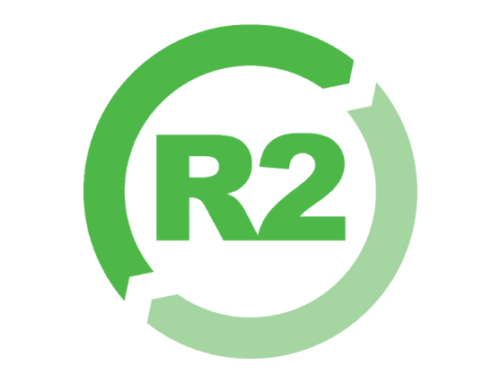Take 3 minutes to read this article
What Do These Statistics Really Mean and How is CO2 Reduction Calculated?
Because e-waste is a growing problem around the world, organizations are finding ways to demonstrate its growing environmental impact. Carbon calculators are a tool to translate e-waste into carbon emissions, but understanding these calculators can be difficult, especially since many are proprietary. To understand how they are deconstructing ESG analytics, you must first understand the history of carbon tracking.
History of Carbon Reduction Tracking
The tracking of carbon reduction traces back to 1990s. As concerns about climate change and environmental degradation grew, governments, businesses and advocacy groups began to recognize the need for standardized metrics to measure and monitor environmental performance. Initiatives such as the Kyoto Protocol introduced international agreements aimed at reducing greenhouse gas emissions, laying the foundation for carbon reduction tracking on a global scale. Subsequently, additional frameworks, including the Greenhouse Gas Protocol provided guidelines for calculating and reporting emissions across various sectors, including manufacturing and IT.
Over the years, advancements in technology and methods have enhanced the accuracy and reliability of carbon reduction tracking. Today, organizations leverage sophisticated tools and software platforms to monitor their carbon footprint in real time, enabling them to identify opportunities for improvement.
Understanding Carbon Reduction in IT Equipment Recycling
When carbon reduction is referred to in IT equipment recycling, it is essentially referring to the reduction of carbon dioxide (CO2) emissions associated with the manufacturing, use, and disposal of IT hardware. These emissions can arise from various stages of the product lifecycle, including raw material extraction, manufacturing, transportation, and end-of-life disposal.
Tools and methods used to track Carbon Emissions
The EPA has developed several tools for the measuring and tracking of carbon emissions and Greenhouse Gas Equivalencies. These equivalencies calculate emissions or energy data to the equivalent amount of CO2. It uses global warming potentials (GWPs) calculated from the Intergovernmental Panel of Climate Change’s Fifth Assessment Report (AR5) and equivalencies calculated with the Waste Reduction Model (WARM). The calculator can convert electricity reductions, electricity consumed, gallons of diesel consumed, cars driven annually, miles driven, barrels of oil consumed, home energy use, number of seedlings grown for 10 years, land preservation, pounds of coal burned, and tons of waste recycled instead of landfilled, among others.
The WARM was created by the EPA, and it’s meant to provide detailed comparisons of potential greenhouse gas emissions reductions, energy savings, and economic impacts when considering different materials management practices, including source reduction, recycling, and landfilling. It does not take into account air, water and sound production.
The Electronics benefits calculators, sponsored by the Global Electronics Council, measure and reports on the environmental impact of purchasing, use and disposal of computer products. It considers the ecological cost that goes into manufacturing, energy use over the life of the product, and end of life management.
Though many e-waste carbon calculators are proprietary, many use elements of the calculators above to ensure that their numbers are accurate. Proprietary calculators are able to make more detailed adjustments since they are more familiar with the makeup of the equipment they are recycling.
Commonly Calculated ESG Analytics
Commonly calculated ESG analytics include energy saved, emissions reduction, waste reduction, water consumption, and material recovery. This is calculated through the energy, emissions, waste, etc. of equipment production and materials mining.
The Importance of E-Waste Recycling
E-waste recycling diverts materials from the landfill, recovering precious metals and other materials so that they don’t pollute soil and groundwater and don’t have to be mined again. For some equipment that has reached the end of its usefulness, life can be extended or parts recovered so that the equipment can continue to work, meaning another piece does not have to be produced—or purchased—as soon.
Join the Circular Economy with CentricsIT
As carbon calculation suggests, EOL is not the end for IT equipment and its component parts. By creating ITAD programs, businesses have a secure and sustainable way to dispose of assets while getting a return on their IT investments. For more information about our ITAD programs, contact our experts.





